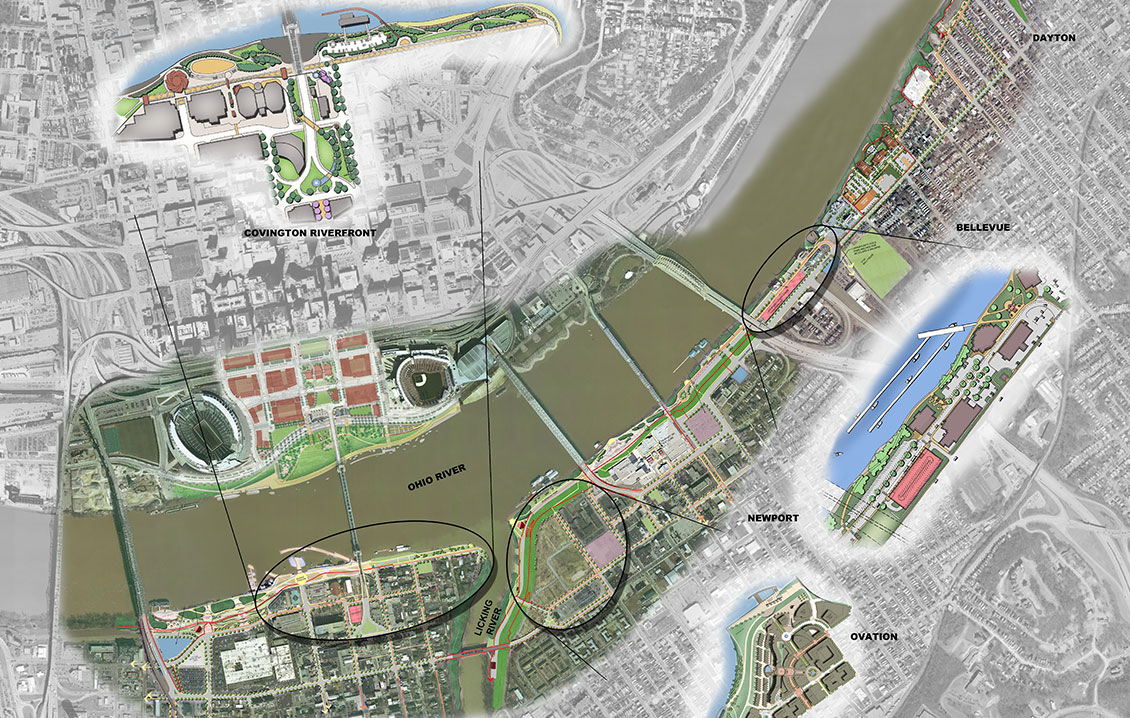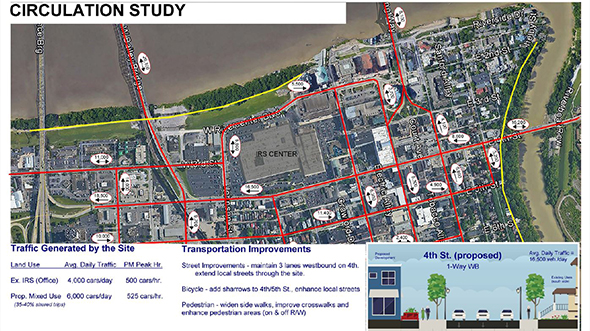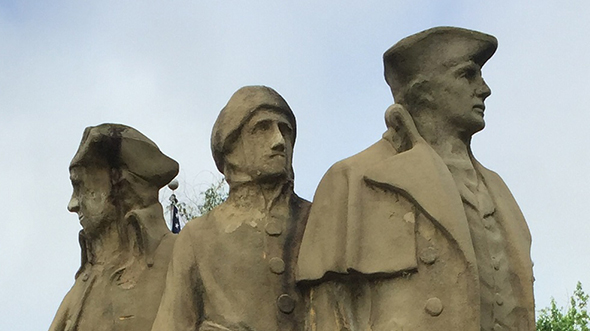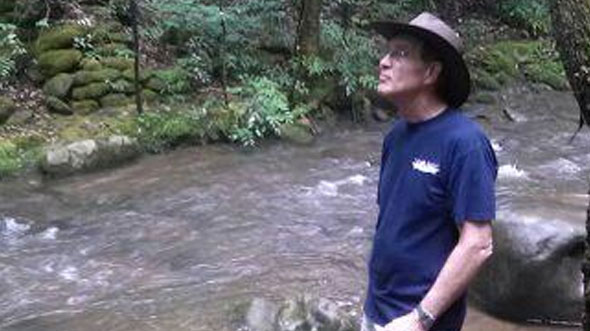
BLOG
—
Riverfront Commons: Building the Partnership to Realize the Dream
In the first blog in this Riverfront Commons series, I shared an overview of Southbank Partners and how its transformative vision for Northern Kentucky became what it is today. In this sequel, I want to talk about building the coalition that unified six distinctly different cities into a powerful force for rebirth of the riverfront.
This success is in line with Southbank’s mission: “Our mission is to assist Northern Kentucky's six river cities in creating their vision for a vibrant riverfront community and to help them bring that vision to reality by promoting and coordinating economic development, facilitating teamwork and collaboration, and providing a unified voice for the common needs and interests of the six river cities.”
The first step in building this coalition was the creation of a master plan for three cities—Covington, Newport and Bellevue—to illustrate the potential of that vision. The master plan was a locally funded effort to assess how an uninterrupted riverfront trail and an open space system could connect these three cities along the riverfront to the benefit of the region.
That study, as well as Southbank meetings with the U.S. Army Corps of Engineers (USACE), gained the interest of the Corps and funding for a Reconnaissance Study. This led to an integrated strategy to capitalize on economic development opportunities along the Ohio River, unearthing similar needs for the cities of Ludlow, Dayton and Fort Thomas, and recognizing the potential for a unified approach by all six cities and Kenton and Campbell counties.

In order to further engage the communities and develop these ideas, Southbank went to the state legislature and the USACE to present opportunities and to begin raising support and funding. Southbank was able to build on the success of the Southbank Shuttle, the Purple People Bridge, Newport on the Levee and the World Peace Bell, which had earned the coalition credibility as a group that could get things done to benefit the region.
In the Reconnaissance Study, Woolpert was brought in to analyze site conditions; natural, cultural and historical resources; riverbank conditions; pedestrian and vehicular circulation; utilities; and land use. These findings helped form the basis for translating the dream of a connected waterfront into realistic plans for implementation.
We also gathered information on the plans developing in each city for the riverfront corridor. This provided one of the first comprehensive pictures of all the opportunities along the river and how, with some coordination, they could reinforce each other. The public input process, beginning with focus groups and followed by well-attended public meetings, was where the vision of Riverfront Commons first expanded from a simple bike trail into the concept of a multiuse, interconnected regional greenway—linking parks, river access, restaurants and other public gathering venues. This more inclusive vision provided a unified framework for fundraising, planning and investment. It also underscored the value of including all six cities and the two counties. The study concluded with an assessment of the positive community and economic development benefits of the Riverfront Commons idea.
Under Southbank’s leadership, Riverfront Commons was becoming a more complete vision that promised to enrich the quality of life and ensure long-term stabilization and public use of the Ohio River shoreline, as well as secure investment opportunities to fuel the economic future of regional communities. The Reconnaissance Study also showed enough potential need for USACE involvement to justify a more detailed Feasibility Study for shoreline stabilization and habitat restoration, which would provide the physical foundation for most of the Riverfront Commons public use improvements. That Feasibility Study identified $7 million of needed shoreline stabilization work for public access and recreational improvements.
The momentum behind the plan was building, and other funding agencies were seeing the benefits of Riverfront Commons and stepping forward with grants for trail construction. Paralleling these investments, private businesses, assured by concrete public investment in tangible improvements, were beginning to invest in riverfront property, confirming the projections of the initial studies.
As the Reconnaissance Study concluded, Southbank Partners asked Woolpert, with support from Human Nature, to develop Design Guidelines to coordinate the design and construction of this linear greenway and connected network of paths. The goal was to combine riverbank stabilization with enhanced river access and circulation, while promoting economic growth. The guidelines provided a framework to lend visual and aesthetic consistency to the regional corridor, while allowing flexibility for individual expression in each municipality.
Additional public meetings ensured the guidelines not only created a cohesive network but also embodied the rich history of each city and the region. To support shared ownership of the project, the Southbank Partner communities each adopted and codified the Design Guidelines through an interlocal agreement. That agreement has not only propelled aspirations for Riverfront Commons, it has reinforced the collaborative strength of the region as it pursues initiatives and funding at the state level.
With community alliance and a defined path for guidance and funding support, individual projects have been transforming the south bank of the Ohio River for several years. These projects started with trails, a pedestrian bridge and the complete makeover of Covington’s Riverfront Park, helping to ramp up private investment in the corridor and contributing to the realization of Riverfront Commons.
The next blog in this series will highlight the economic and community enhancements, both public and private, that snowballed into the regional transformation these communities have worked so hard to achieve.



